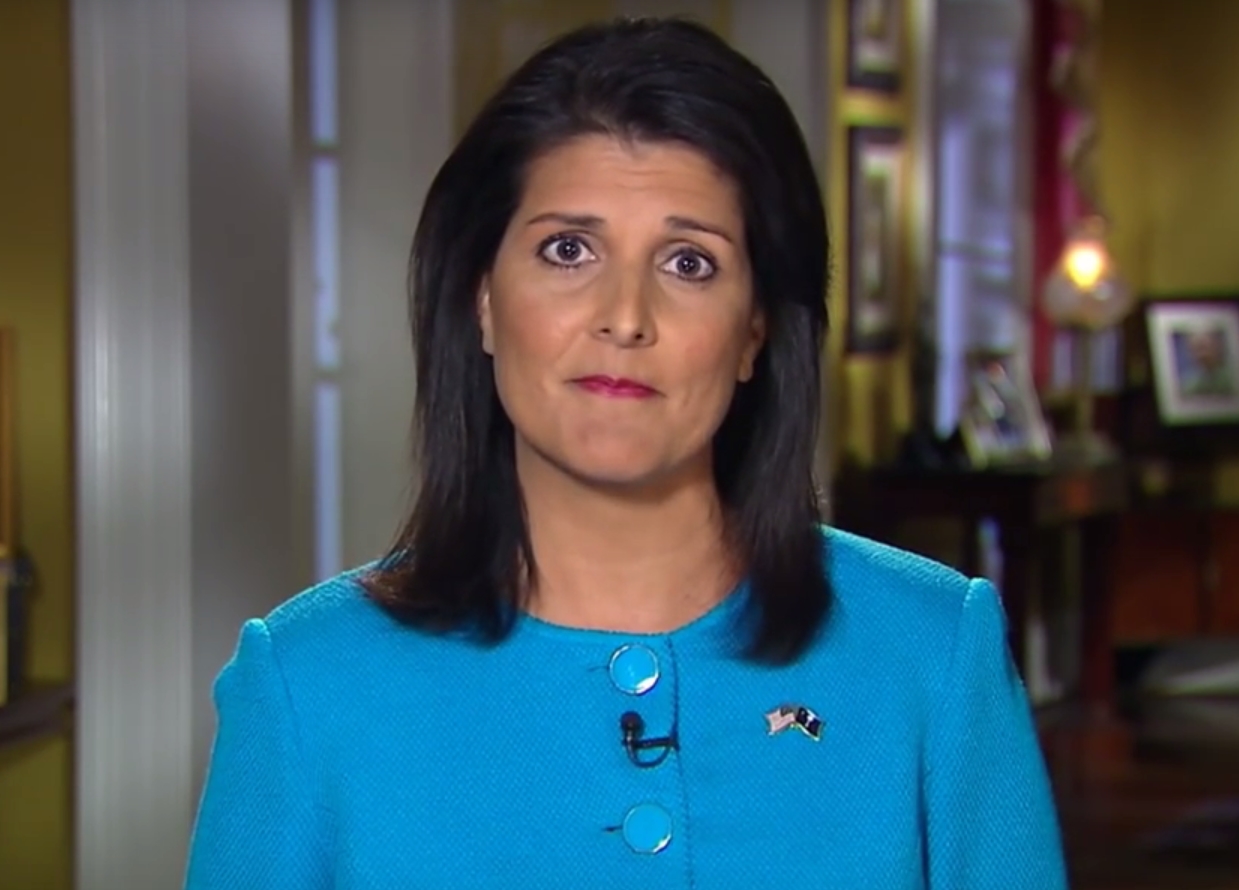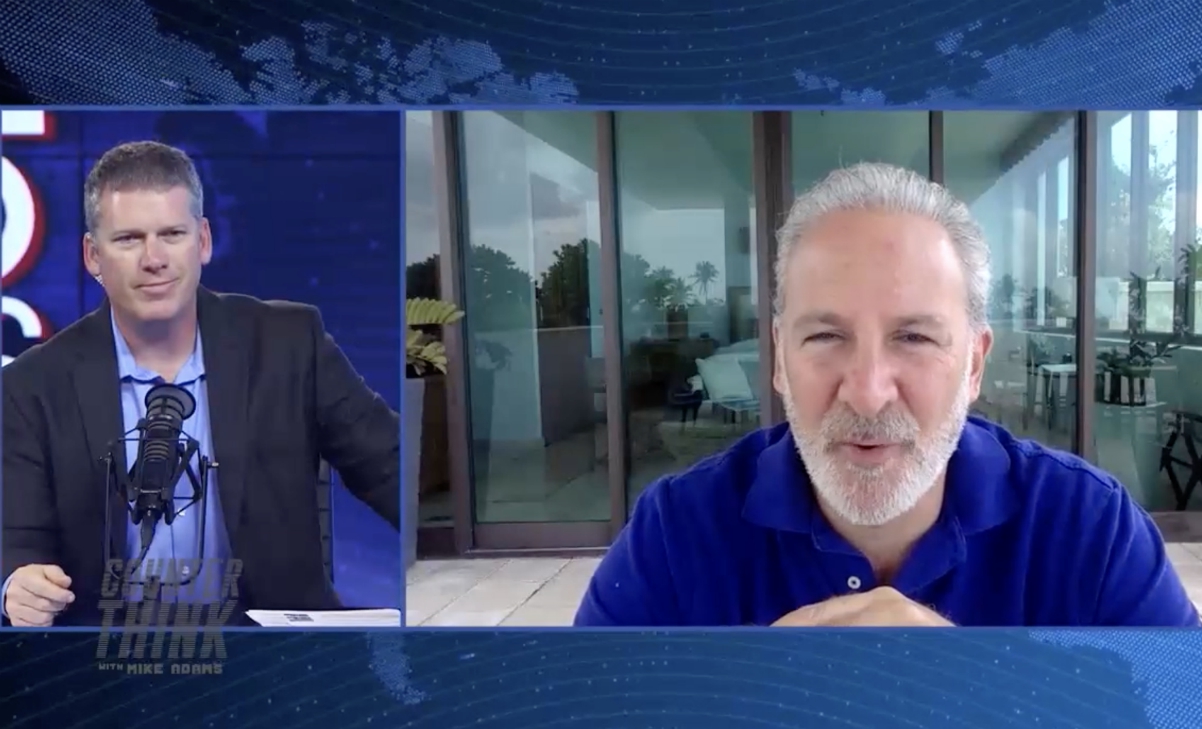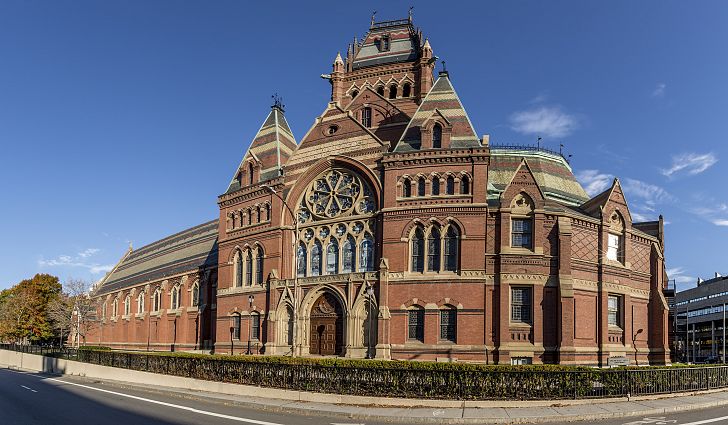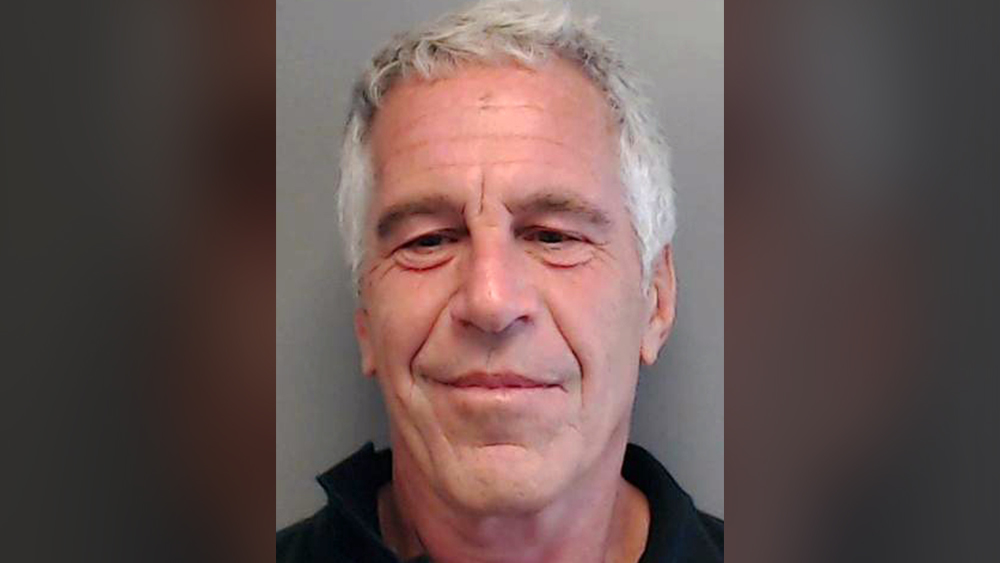
President Joe Biden's administration is set to wipe out about $39 billion in federal student loans, the U.S. Department of Education (ED) announced on Monday.
Some of more than 800,000 student borrowers already started receiving emails from their services with the subject line "Your student loans have been forgiven," signaling the canceling of debts of those who qualify for relief under their repayment plans.
"The forthcoming discharges are a result of fixes implemented by the Biden-Harris Administration to ensure all borrowers have an accurate count of the number of monthly payments that qualify toward forgiveness under income-driven repayment (IDR) plans," said the administration in an Aug. 14 press release, a month after the forgiveness plan was announced. ED said that the forgiveness program was part of fixes to address "historical failures" in which "qualifying payments made under IDR plans that should have moved borrowers closer to forgiveness were not accounted for." The department also said that if borrowers have accumulated the equivalent of either 20 or 25 years of qualifying months, they were "eligible for forgiveness."
The release also confirmed that the current Biden administration has approved more than $116.6 billion in student loan forgiveness for more than 3.4 million borrowers.
Furthermore, the department touted the Saving on a Valuable Education (SAVE) plan, which will cut payments on undergraduate loans in half compared to other IDR plans, ensuring that borrowers never see their balance grow as long as they keep up with their required payments, and protect more of a borrower's income for basic needs. "A single borrower who makes less than $15 an hour will not have to make any payments."
This all pushed through despite the fact that on June 30, the Supreme Court voted in a six-to-three decision to strike down Biden's loan forgiveness plan. The president disagreed with the Supreme Court decision. "They said no, no – literally snatching from the hands of millions of Americans thousands of dollars in student debt relief that was about to change their lives," Biden commented. "Today's decision has closed one path and now we're going to pursue another."
And he indeed found a way to circumvent the ruling of the highest federal court of the nation. (Related: Biden's plan to write off student loans using post-9/11 national emergency law is a form of political posturing.)
The Education Department is going beyond its authority, abusing taxpayers' money – critics argue
Biden's recent move to cancel all student debts could face potential lawsuits that could interrupt its rollout. But recent moves to counter the cancellation of student loans have been terminated. For example, a recent suit filed by the New Civil Liberties Alliance on behalf of the Cato Institute and the Mackinac Center for Public Policy, arguing that the ED is going beyond its authority, was recently dismissed by a U.S. district court judge in Michigan.
But critics are still sounding off their protests. Republican Rep. Virginia Foxx, the chairwoman of the House Education and Workforce Committee, has also called the promised "relief" an abuse of taxpayer money. "The Biden administration's blatantly political attempt to circumvent the Supreme Court is shameful. The Biden administration is trampling the rule of law, hurting borrowers, and abusing taxpayers to chase headlines," she said in a statement when the policy was announced last month.
Moreover, in a June 30 statement of Alfredo Ortiz, president and CEO of Job Creators Network, he slammed Biden for criticizing the SCOTUS's order to strike down the forgiveness plan and his vowing to find another way to push ahead with it. "President Biden shamelessly failed to recognize a co-equal branch of government in his remarks," Ortiz said. "Rather than respecting the court's decision, Biden promised more executive overreach to forgive student loan debt. His proposals include expanded income-driven repayment plans and a 12-month grace period when payments are set to restart this fall."
The said income-based student loan repayment plan could cost hundreds of billions of dollars over a period of 10 years and end up encouraging "more loan borrowing" among college students. According to the ED's estimate, the SAVE plan will cost $138 billion over a decade. Worse, the University of Pennsylvania's Penn Wharton's Budget Model predicts the cost to be more than three times that. "We estimate SAVE will incur a net cost of $475 billion over the 10-year budget window," a July 17 post about the Budget Model said.
Roughly $200 billion of this cost will come from payment reductions for the student loans that are already outstanding this year. Once SAVE comes into effect in July next year, the model estimates that over half of the current loan volume will switch to the plan. The remaining $275 billion of the cost will come from reduced payments for around $1 trillion in new loans that the model calculates will be extended over the next decade.
Bookmark BigGovernment.news to read more news related to the Biden administration's tyrannical efforts.
Sources for this article include:
Please contact us for more information.



















